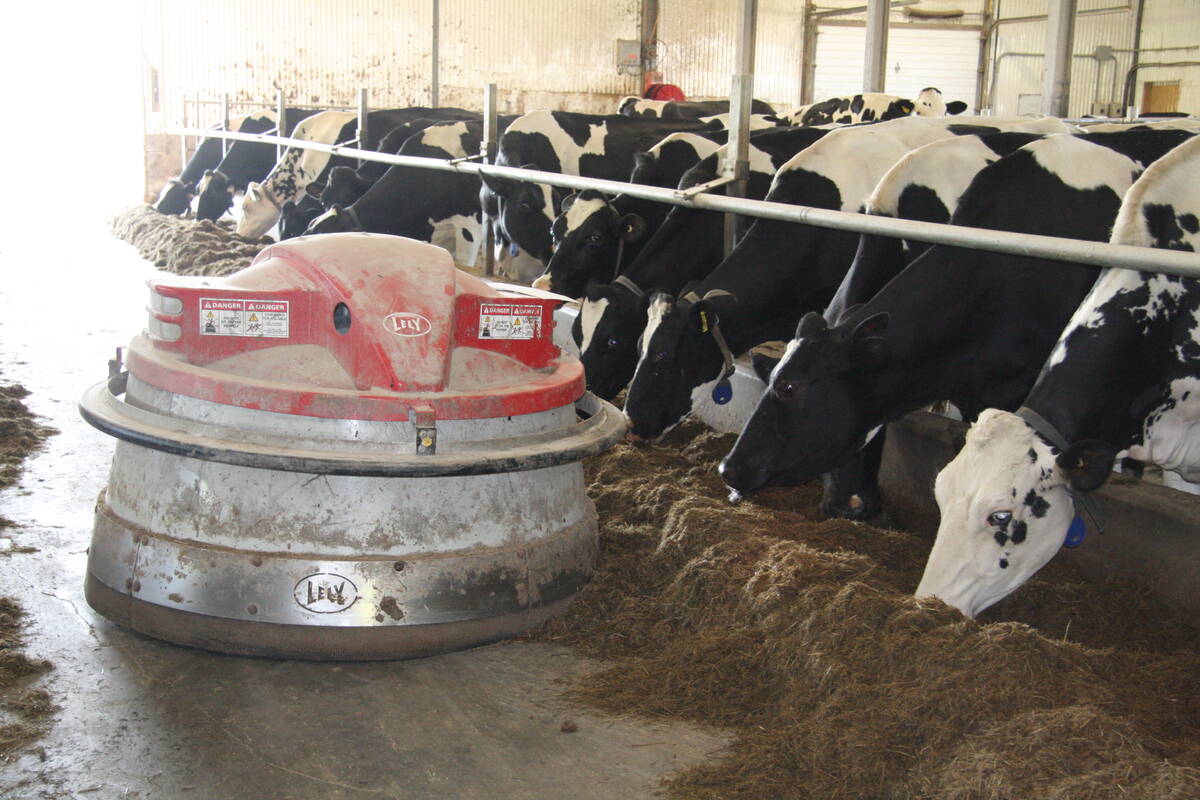Alberta is spending $15 million on enhanced surveillance and laboratory facilities to detect livestock diseases.
About $10 million is designated to build a level three lab capable of holding biological organisms in a high-level biosecure system. Rapid testing for diseases like bovine spongiform encephalopathy can also be handled. The new facility is under construction and should be operating by the spring of 2005 in Edmonton.
The rest of the money is dedicated to upgrade provincial labs used to detect a variety of food safety contaminants like E. coli, salmonella and fungi.
Read Also

Partnerships, communication key to disease management
Communication and strong, trusted partnerships are key to managing infectious diseases like Foot and Mouth Disease and HPAI.
“This will ensure our citizens that we can increase our surveillance and that we will have the best animal disease and food safety system worldwide,” said agriculture minister Shirley McClellan at an Aug. 25 press conference.
Although the emphasis is on surveillance for transmissible encephalopathies, the labs can handle any other new or introduced animal disease in all species.
“We are prepared to deal with what might be emerging,” McClellan said.
More staff, including veterinary pathologists and technicians, are being recruited to work in the upgraded facilities designed to meet internationally recommended standards.
All improvements must be approved and validated by the Canadian Food Inspection Agency.
The enhanced system can test about 25,000 cattle per year, up from the 850 tests Alberta performed in 2002. Across Canada, about 3,200 tests were performed.
These could increase to 65,000 nationally.
The minister emphasized the province will not test every animal slaughtered. BSE has never been detected in any animal under the age of 32 months and appears to take three to five years to develop, so universal testing is not reasonable. An initial test costs about $100 and further examination is about $300.
Cattle exhibiting neurological signs of disease, dead stock and sick animals arriving at abattoirs will be tested. Random examinations will also be done.
Alberta is using immuno-histochemistry tests for all transmissible encephalopathies including BSE and chronic wasting disease. These tests take about 10 days.
“As we get into the world of rapid tests, and as they are validated by the CFIA, we hope to reduce that turnaround time significantly so there will be less impact on the industry,” said Sandra Honour, head of the agri-food systems branch within Alberta Agriculture.
The government is not considering live animal tests.
The new lab will follow internationally approved testing procedures that require brain tissue drawn from dead animals.
“We have had many people come forward with request for meetings to talk about a new test. Until the test is researched and recognized internationally, there would be no point in us proceeding with it,” said McClellan.
An international committee examining Canada’s actions in handling the BSE investigation recommended upgraded testing facilities.















